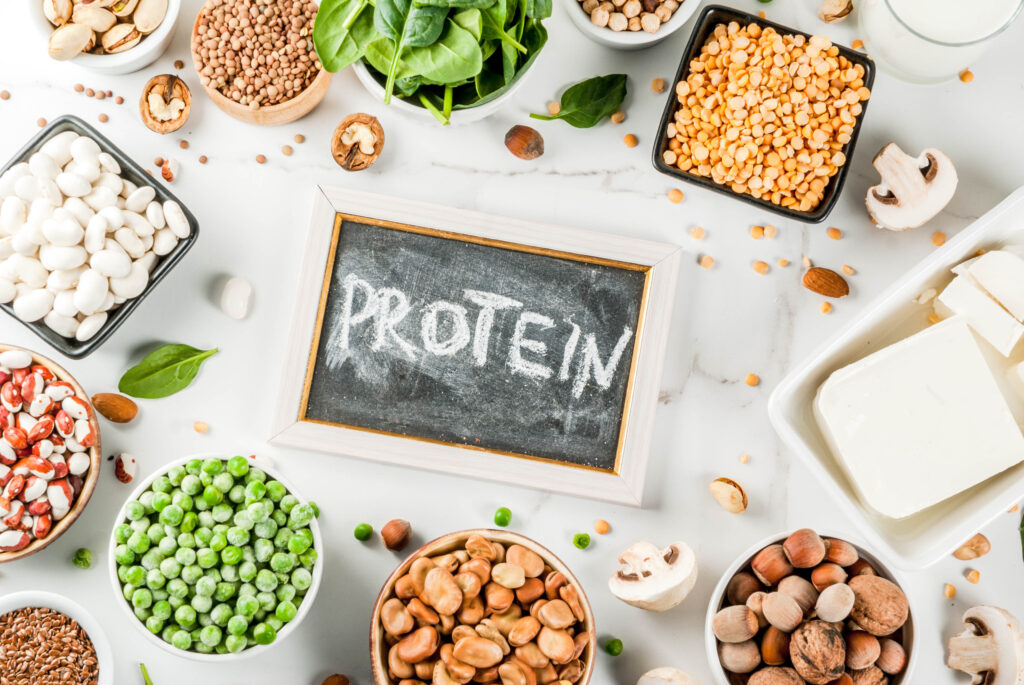How Iron Deficiency Worsens PMS and Perimenopause Symptoms

If your energy disappears right before your period or perimenopause has left you feeling foggy, exhausted and out of sorts, low iron might be the missing piece. It’s one of the most common nutrient deficiencies among women, yet often overlooked, especially when those monthly symptoms get brushed off as normal. But iron plays a much bigger role in your hormonal health than you might think.
Understanding iron’s role in women’s health
Iron is essential for transporting oxygen around the body, producing energy, supporting cognitive function and regulating mood. Your body uses it to make haemoglobin, the protein in red blood cells that carries oxygen to your tissues. Without enough of it, everything slows down, including your brain, your muscles and even your ability to handle stress.
Women are particularly at risk of iron deficiency, especially during their reproductive years. Monthly blood loss, increased iron demands during pregnancy and restrictive diets all contribute. According to the World Health Organisation, iron deficiency affects over 30 percent of women worldwide. As you move into perimenopause, heavy periods can make the problem even worse, creating a cycle of depletion that’s hard to break.

How iron deficiency exacerbates PMS symptoms
PMS is tough enough on its own, but iron deficiency can take it to another level. If you’ve ever felt completely drained before your period, it might not just be hormones, it could be low iron.
Fatigue is one of the earliest and most noticeable signs of iron deficiency. When haemoglobin levels drop, less oxygen reaches your tissues and organs, leaving you feeling sluggish and worn out. One study found that even mild iron deficiency impairs physical performance and endurance, even before anaemia sets in.
Mood swings and irritability are also linked to low iron. Iron is involved in the production of neurotransmitters like serotonin and dopamine, which regulate mood. Low levels can throw your emotional balance off, making you feel more reactive and less resilient.
Some research also suggests that iron deficiency can increase pain sensitivity. This could be why menstrual cramps or breast tenderness feel more intense when iron is low. The body may process discomfort differently when it’s already under strain.

The impact of iron deficiency on perimenopausal symptoms
During perimenopause, hormonal fluctuations often lead to heavier periods, which can both cause and worsen iron deficiency. It becomes a frustrating cycle, the more blood you lose, the more iron you lose, which then amplifies fatigue, brain fog and mood swings.
Heavy bleeding, or menorrhagia, is a key driver of iron depletion during this stage of life. One review highlighted that women with heavy menstrual bleeding are significantly more likely to develop iron deficiency anaemia.
Cognitive changes, including forgetfulness and brain fog, are also common complaints during perimenopause—and low iron could be a factor. Iron is essential for maintaining focus, memory and overall brain health. Low levels can impair cognition, making it harder to stay sharp.
Sleep disturbances are another piece of the puzzle. Iron deficiency has been linked to restless legs syndrome and disrupted sleep patterns. Poor sleep only worsens fatigue and emotional volatility, creating a feedback loop that can be difficult to escape.
Identifying iron deficiency: symptoms and diagnosis
The signs of low iron can be subtle or easy to dismiss. If you notice pale skin, shortness of breath during simple activities, dizziness, brittle nails or hair loss, your iron levels could be low. Persistent fatigue that doesn’t improve with rest is one of the most telling symptoms.
To get an accurate diagnosis, blood tests are essential. A complete blood count (CBC) can reveal if your haemoglobin is low, while serum ferritin tests measure your stored iron levels. Ideally, ferritin should be above 50 ng/mL to support optimal energy and hormonal function, although some labs still list 10–20 ng/mL as normal.
Strategies to manage and prevent iron deficiency
Dietary Interventions
Food first is always a good philosophy. Lean red meat, chicken liver, lentils, spinach and fortified cereals are all excellent sources of iron. But how you eat your iron matters too. Vitamin C-rich foods like citrus fruits, capsicum or strawberries can boost absorption when eaten with iron-rich meals.
On the other hand, calcium-rich foods, tea and coffee can interfere with iron uptake. Try to space these out from your main iron-rich meals to get the most benefit.
Supplementation
If food isn’t enough, iron supplements can help, but they need to be used carefully. Constipation and stomach upset are common side effects, and it’s important to monitor your levels with your doctor. Newer formulations and even transdermal patches are being explored for people who can’t tolerate traditional supplements. One study noted that liposomal and heme iron supplements may be better tolerated and more effective for some individuals.
Lifestyle modification
Lifestyle habits also play a role in managing symptoms. Moderate exercise can improve energy levels and mood, even when iron is low. It also helps balance hormones and supports better sleep. Mind-body practices like yoga, meditation or even a daily walk can reduce stress, which often makes PMS and perimenopausal symptoms feel worse.

When to seek professional help
If your symptoms persist despite improving your diet and lifestyle, it’s time to speak with a healthcare provider. Heavy periods, digestive conditions like coeliac or inflammatory bowel disease, or even chronic inflammation can all impair iron absorption and increase your risk of deficiency.
Your doctor may recommend further testing to rule out underlying causes, especially if iron levels don’t respond to dietary changes or supplements. Addressing the root cause is crucial for lasting improvements in both energy and hormonal health.
The bottom line
Empowering women through knowledge and action
Iron deficiency doesn’t just drain your energy, it amplifies every hormonal shift your body goes through. The good news? It’s one of the most manageable deficiencies, once you know what to look for. By staying informed, getting tested and making targeted changes to your diet and lifestyle, you can reduce PMS and perimenopausal symptoms, reclaim your energy and feel more like yourself again.
This isn’t just about lab values or ticking boxes, it’s about tuning into your body and giving it the support it needs. The more you understand how nutrients like iron shape your health, the more empowered you’ll feel to take action that truly makes a difference.





